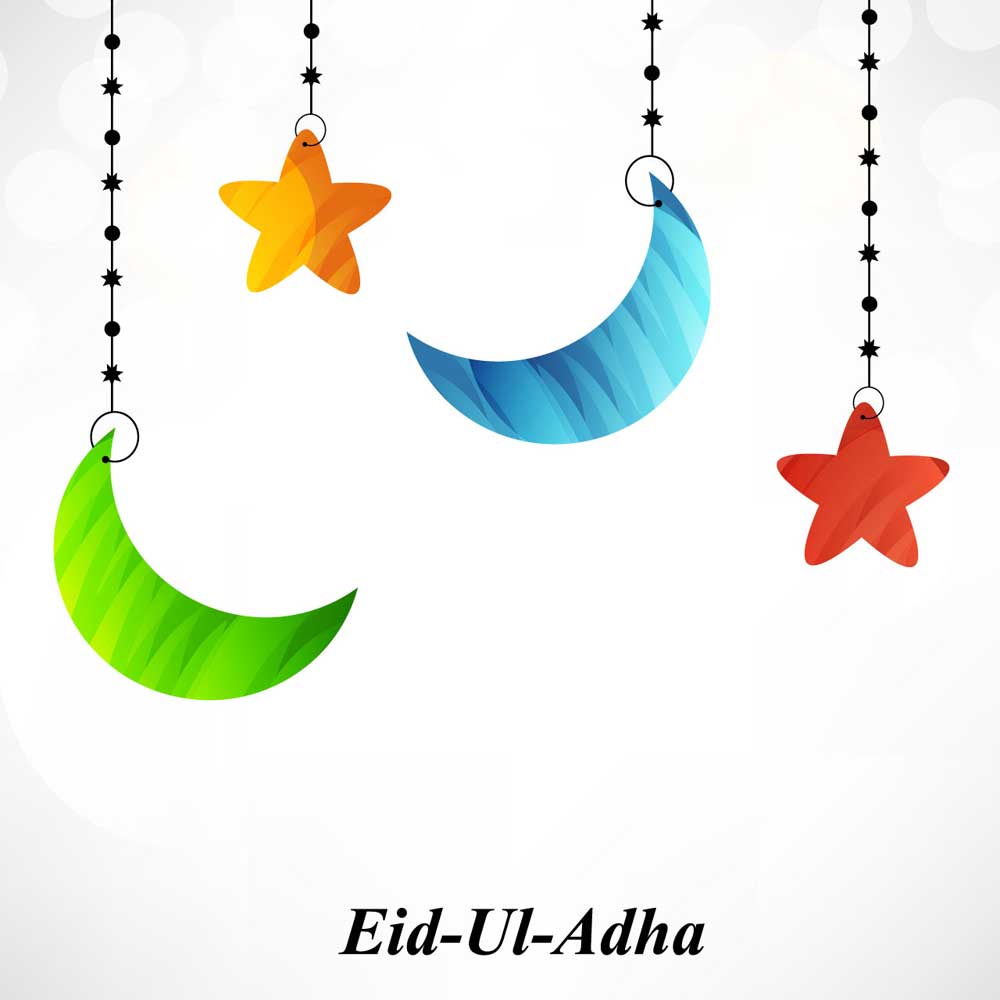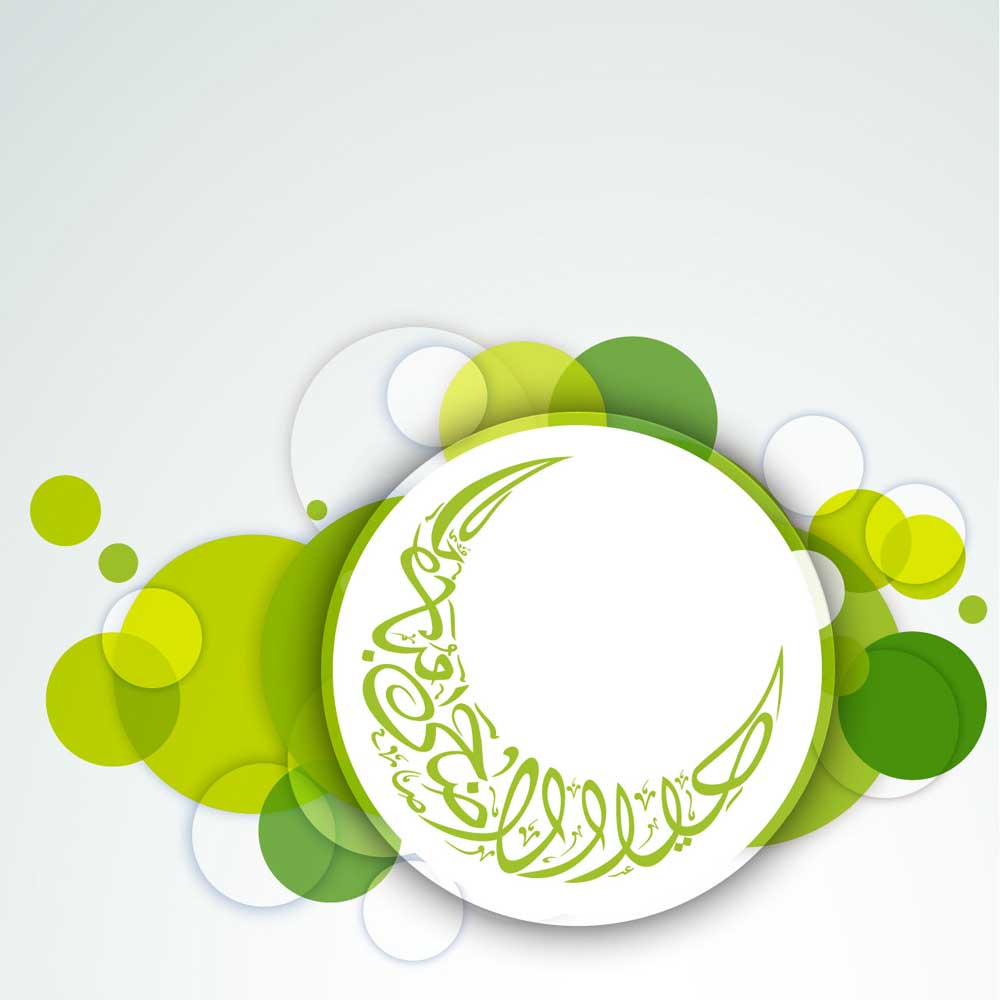Islamic Gallery
If you're looking to explore a large collection of Islamic pictures, check out the Islamic gallery on Muslim and Quran. The gallery includes colorful and unique photo art related to Islam, such as Quran verses, Dhul Hajj, Eid-Al-Adha, Eid-Al-Fitr, Hajj, Jummah, and Ramadan. You can use these photo arts as wallpapers for your phone or desktop. You can also get inspiration for your artwork or calligraphy.
Islamic art is a significant part of Islamic culture and can be traced back to the 7th century CE, as art was popular among people who lived within territories inhabited by Muslim populations or were ruled by Muslim rules. Islamic art is diverse and distinctive typically covering a range of artistic fields that includes calligraphy, architecture, painting, glass, ceramics, and others. Generally known for its lack of images of humans or animals, Islamic art can be identified by its use of repeated geometric patterns, calligraphy, or embroidery.
So, if you're interested in modern Islamic art or need some inspiration for your artwork, Muslim and Quran's Islamic gallery, with its large collection of Islamic art, is here to help. Browse through the images below to get started!
Islamic Gallery Categories
The images in the Islamic gallery at Muslim and Quran typically include aesthetic, colorful images depicting Islamic art. The images in the gallery are divided into the following categories:
Islamic Quotes: Images with simple yet picturesque digital art with Quranic verses. You can use these quotes as wallpapers or take inspiration for your artwork, painting, or calligraphy.
- Dhul Hajj: Includes images related to the month of Dhull Hajj that you can share with your friends and family and wish them blessings for the blessed month.
- Eid-Al-Adha: Includes adorable images with artwork related to Eid-Al-Adha that you can forward to your friends and family to wish them a happy Eid!
- Eid-Al-Fitr: Includes delightful and aesthetic images with prayers and art to wish your loved ones a happy Eid.
- Hajj: Images with stunning digital artwork with duas, Hajj-related Quranic verses, and unique pictures to use to congratulate your loved ones on performing the sacred art of Hajj!
- Jummah: Wish your loved ones a happy Friday by using unique images with Quranic verses relating to the importance of Friday!
- Ramadan: Colorful and unique images with Ramadan artwork that you can use to wish your friends and family a blessed Ramadan!
Popular Islamic Art
Islamic art has undoubtedly been popular throughout history and continues the same legacy today. It is unique and reflects Islamic culture along with how Muslims perceive the spiritual realm and the world. The art, with its long history and geographical diversification, was subject to many national and regional influences and has inevitably changed over time. However, the marvels of Islamic ornaments still stand tall today and the basic components remain the same. These include calligraphy, architecture, geometric patterns, ceramic tiles, and digital Islamic art today.
Calligraphy
Calligraphy is a visual art related to handwriting. It includes lettering in a specific design with a pen, ink brush, or other writing instruments. Islamic calligraphy, however, includes writings in Arabic alphabets or alphabets derived from languages such as Arabic, Urdu, Persian, and Ottoman calligraphy.
This style of calligraphy was known to emerge in the 7th century when the Quran was being copied, and efforts were made to further beautify how the words of God were written down and protected.
Contrary to popular belief, Islamic calligraphy is not limited to religious subjects. Instead, it includes a different array of works written or designed in diverse contexts. It also depicts the significance of writing down and preserving texts, words, and stories.
Ubada B. As-Samit reported Prophet Muhammad (ﷺ) saying: "The first thing God created was the pen. He told it to write, and when it asked Him what it should write, He told it to write what was decreed, so it wrote what had taken place and what would take place to all eternity." – Mishkat al-Misbah 94.
The Hadith reflects the importance of writing in Islam as the art of writing can be traced back to the time of Prophet Muhammad (ﷺ). Islamic calligraphy follows the rules of Arabic writing with characters being written from left to right. Islamic calligraphy has different styles that reflect the periods and influence the calligraphy went through overtime:
- Kufic: a linear and rigid style that was preferred early on for Quran transcription
- Naskh: small, round script style used for transcription Quran and books
- Maghribi: a cursive style of script commonly used by Muslims of North Africa
- Nastaliq: used for Parso-Arabic script
- Diwani: used by Ottomans – old Turkish script
- Sini: Chinese style
Architecture
Islamic architecture refers to the architectural style of buildings that are related to Islam – it has been widely used by Muslims to express their beliefs and Islamic principles through architectural design. It encompasses a wide variety of buildings, such as fortresses, tombs, palaces, mosques, and public buildings.
Islamic architecture has evolved from several other architectural styles, such as Roman and Mesopotamian. However, over time, architecture was also influenced by Chinese architecture and Mughal architecture.
Some distinctive features of Islamic architecture are as follows:
- Domes: hemispherical structures that rest on top of roofs and ceilings. For instance, the Blue Mosque in Istanbul, Turkey, and the Al-Aqsa Mosque in Jerusalem, Palestine, include domes in their architecture.
- Arches: an opening in a structure that is curved on the top and typically designed to distribute weight. They're usually built onto the entrance of buildings and rooms.
- Minarets: often displayed on mosques, minarets are a form of towers that feature one or more balconies
- Mihrab: designed to symbolize the direction of prayer or the Qibla, mihrab is a niche in the wall of a mosque
- Arabesque Art: includes calligraphy, floral motifs, and geometrical patterns
- Hypostyle Hall: these halls originated during the Umayyad dynasty, they're rectangular or square shaped with their columns arranged in a grid-like pattern. The Hagia Sophia mosque in Istanbul, Turkey, is a marvelous example of a hypostyle hall.
Geometric Patterns
One of the major forms of Islamic art, geometric patterns in Islamic architecture typically include designs with repeated circles and squares. These shapes can overlap, interlace, and can also be arabesque and lead to form complex and entangled patterns. These patterns are visually gorgeous and also symbolic.
According to some researchers, the common use of circles in Islamic geometrical patterns depicts the unity of Islam. The circle and its center, after all, is the point at which all Islamic patterns originate. A modern example of Islamic geometric patterns includes mosaic wall décor that interlaces these patterns into contemporary settings using bold colors, metallic or glass finishing, and larger scales.
Islamic geometric patterns take inspiration from mathematical principles, nature, and astronomy and symbolize the Islamic values of unity, peace, and the pursuit of knowledge.
Ceramic Tiles
Another distinctive form of Islamic art consists of the tiles found on the interior and exterior walls of mosques and other buildings. These tiles typically include simple shapes that are interlaced, overlapped, or duplicated with four common shapes:
- Circes
- Squares
- Stars
- Multisided polygons
Islamic tile art emerged in the 11th century in Persia. The art within these tiles avoids human or animal depictions as it is forbidden within some interpretations of Islam to draw or paint animals or humans, also known as aniconism.
Some common techniques and materials used within Islamic tile art include:
- Underglaze paintings: decoration applied to the tile before the glaze
- Overglaze luster painting: includes applying the opaque white glaze on a tile, firing it, and painting over the tile with a pigment typically containing copper and silver.
- Monochrome glaze: this includes glazing mosaic tiles in the same color to give a uniform appearance
As they say, art is the mirror of culture and its worldview. Islamic art can be traced back to the 7th century, and the art of the Islamic world accurately represents its long history and culture. Moreover, Islamic art is highly unique in nature as it focuses on the spiritual representations and designs of objects and being rather than their physical appearances. Throughout history, Islamic art has been subjected to different influences from several regions. However, even then, its original intrinsic and unique identity is still intact.
Similar to other aspects of Islamic culture, Islamic art is the result of the unique and diverse knowledge of several geographical cultures and identifies and incorporates Arabic, Persian, Mesopotamian, and African traditions and talent.
FAQs:
Art is permissible in Islam as long as one does not draw or paint any living creature, such as human beings or animals, in detail. Moreover, drawing anything that may be considered sinful, such as religious caricatures, is also forbidden.
Taking pictures of yourself and others around you is not haram. The only kind of pictures forbidden in Islam include the pictures that are carved out, drawn, or painted.
Some popular Islamic museums include the following:
- The Museum of Islamic Art – Doha, Qatar
- Museum of Islamic Art – Cairo, Egypt
- Museum of Islamic Art – Berlin, Germany
- The Turkish and Islamic Arts Museums – Istanbul, Turkey
- Topkapi Palace Museum – Istanbul, Turkey
- Islamic Arts Museum – Kuala Lumpur, Malaysia







